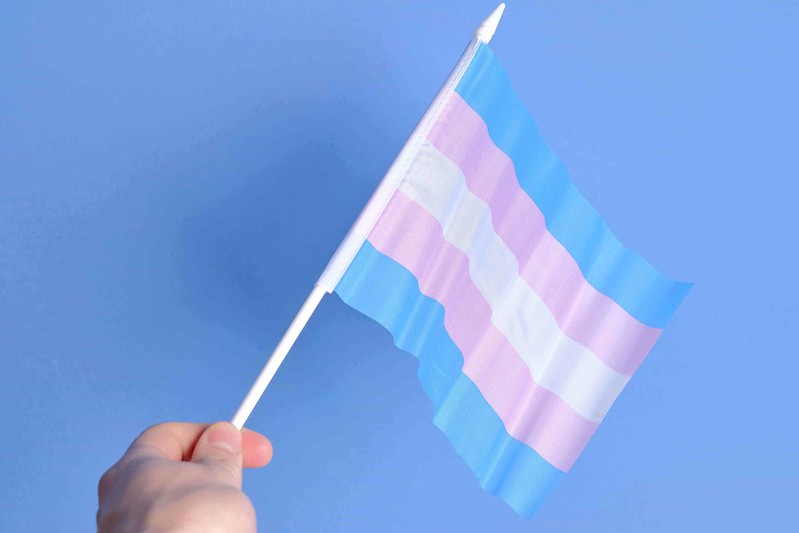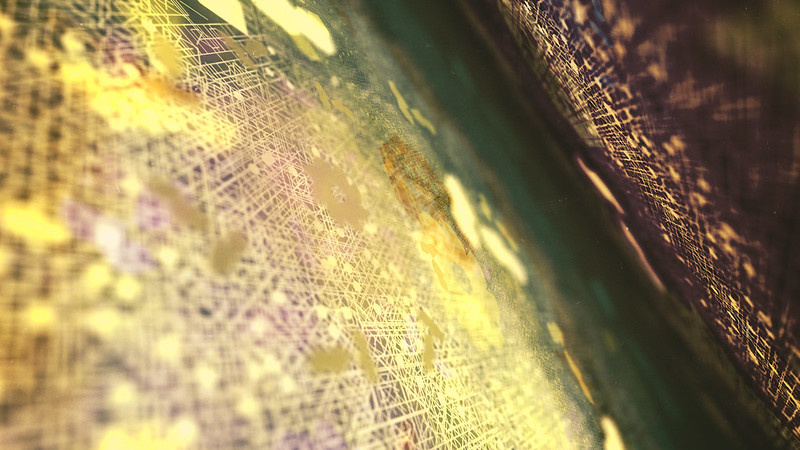“Water, water, everywhere, and not drop to drink” is a phase adapted from Samuel Taylor’s 18th century poem ‘The Rime of the Ancient Mariner’. Though the thirsty sailor’s lament may perhaps only be a ubiquitous adage in western cultures, such a statement could have been prophetic when generalized to many populations around the world today. The idea that our beautiful blue planet struggles to provide enough clean water for everyone, encapsulates a daily battle faced by huge numbers of individuals for our world’s most precious resource. In other words, safe drinking water is scarce. By the numbers, just 2.5 percent of water in the world is fresh water. Of this 2.5 percent, nearly 70 percent is locked up in ice and snow cover, 30 percent as groundwater, and just 0.3 percent is found in freshwater lakes and rivers. The United Nations Environment Program (UNEP) estimates that the total usable freshwater supply for both ecosystems and humans is less than 1 percent of all freshwater resources. Further exasperating water scarcity, are the most current trends in use. The Food and Agriculture Organization (FAO) and UN-Water estimate water usage has been growing at more than twice the rate of population increase in the last century, which in itself, shows exponential growth.
While sustainability is clearly an issue, so too is equity in access. Large disparities exist, with nearly 99 percent of the 3.4 million people who die each year due to water, sanitation, and hygiene-related causes occurring in the developing world. Further, while at least 90 percent of the population in Latin American and the Caribbean has access to an improved water source, that number is only 61 percent in sub-Saharan Africa. The CDC estimates “Water, sanitation and hygiene has the potential to prevent at least 9.1 percent of the global disease burden and 6.3 percent of all deaths.”
Water-related diseases have many causes. Among them are microoganisms and chemicals in drinking water and parasitic diseases like schistosomiasis and malaria, which require water or water-related vectors for part of their lifecycles. Diarrheal disease alone accounts for a huge proportion of preventable disease around the world and causes an estimated 1.8 million deaths per year. Children in developing countries are the most at-risk population for diarrheal disease. Deadly cholera and typhoid fever outbreaks, which often occur in humanitarian emergency settings, can also be prevented with improved water sources. An immense amount of effort has been put forth in that past few decades to curb the spread of waterborne and water-related disease. Though progress should be celebrated, there remains much to be done.
The UN’s eight Millennium Development Goals (MDGs) were created to meet the needs of the world’s poorest populations. MGD ‘7.c’ aspired to ‘Halve, by 2015, the proportion of the population without sustainable access to safe drinking water and basic sanitation.’ Between 1990 and 2010, more than 2 billion people gained access to an improved source of drinking water. However, 783 million people remain without access. Although the MGD goal has been met, at least 605 million are estimated to remain without proper access to an improved water source in 2015. Further, despite improved access to sanitation facilities between 1990 and 2010, 2.5 billion people remain without access to improved sanitation facilities. In order to foster international recognition of and collaboration around water issues, the UN declared 2013 the ‘Year of International Water Cooperation’ and March 22 ‘World Water Day’.
World Water Day is a day of international advocacy for sustainable use and understanding of the world’s freshwater resources. The first World Water Day was observed in 1993 and has focused on a different aspect of freshwater every year since. Today, official celebrations will take place at The Hague in the Netherlands. A forum will include inspirational speeches, presentations, thematic discussions, and public shows focused on the theme of cooperation. In tandem, UN headquarters in New York will host a high-level interactive dialogue of the sixty-seventh session of the General Assembly to mark the 20th anniversary of World Water Day.
This year’s theme, ‘international water cooperation’, is being led by the multi-dimensional UNESCO, which recognizes natural and social sciences, culture, education and communication, and how each of these realms contributes to safe, effective, and equitable management of the world’s water resources. UN-Water notes that cooperation is essential to tackle the highly complex nature of the world’s water utilization problems, which include, but are not limited to, rapid urbanization, climate change, pollution, food production, industrial, and domestic use.
“The UN recognizes that cooperation is essential to strike a balance between the different needs and priorities and share this precious resource equitably, using water as an instrument of peace.”
Chosen from among 12,151 proposals, this year’s slogan is “Water, water everywhere, only if we share”.

